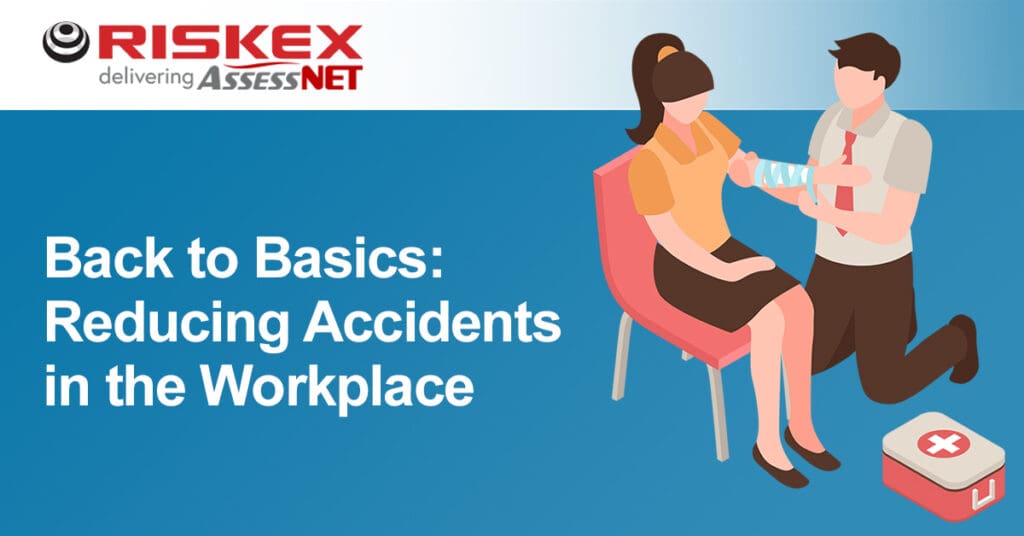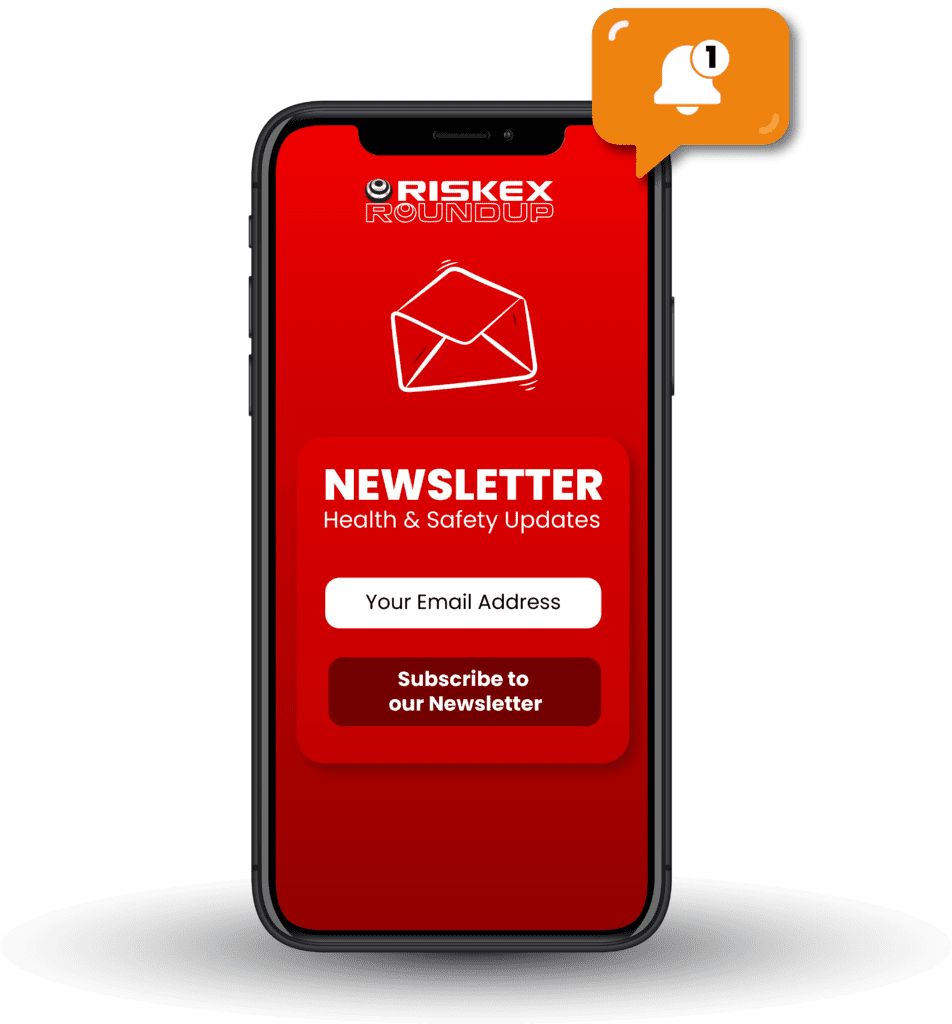Back to Basics: Reducing Accidents in the Workplace
Mitigating risk and reducing accidents is at the top of every health and safety manager’s list of priorities. Yet despite best efforts, even if employees follow every safety policy to the letter, near misses and accidents can still happen.
The RIDDOR (Reporting of Injuries, Diseases and Dangerous Occurrences Regulations 2013) regulations require employers, the self-employed and people in control of work premises (the Responsible Person) to report certain serious workplace accidents, occupational diseases, specified dangerous occurrences (near misses) and deaths to the HSE. This process should only be done by ‘responsible persons’ and can be done online or via the telephone. For more information on RIDDOR reporting, read the HSE’s guide.
Here are some guidelines to help minimise accidents:
- Perform risk assessments: Identify potential hazards in the workplace through regular risk assessments. Involve employees in the process, as they often have valuable insights into the specific tasks and areas that may pose risks. Once hazards are identified, take appropriate measures to control or eliminate them.
- Establish a strong safety culture: Foster a workplace environment where safety is a top priority. This includes promoting safety as everyone’s responsibility, encouraging open communication about safety concerns, and recognising and rewarding safe behaviour.
- Conduct regular safety training: Provide comprehensive training programs for all employees, focusing on general safety practices, emergency procedures, proper use of equipment, and hazardous materials handling. Ensure that new employees receive thorough safety training during their orientation.
- Maintain a clean and organised work environment: Cluttered or disorganised work areas can contribute to accidents. Encourage employees to tidy their workspaces and provide adequate storage for tools, equipment, and materials. Regularly inspect the workplace to identify and rectify any potential hazards.
- Provide personal protective equipment (PPE): Assess the need for PPE, such as helmets, safety glasses, gloves, or ear protection, based on the nature of the work. Ensure that employees receive proper training on how to use, maintain, and replace their PPE correctly.
- Implement and enforce safety protocols: Develop clear and comprehensive safety policies and procedures that address various aspects of work-related risks. Ensure that employees understand and follow these protocols, and consistently enforce them. Regularly review and update safety protocols as necessary.
- Encourage reporting and investigation of incidents: Create an environment where employees feel comfortable reporting near misses, accidents, or hazardous conditions. Establish a system for investigating incidents promptly, identifying root causes, and implementing corrective actions to prevent future occurrences. To learn why employees hesitate to report near misses, read our blog.
- Regular equipment maintenance: Ensure that all equipment, machinery, and tools are well-maintained and in safe working condition. Establish a routine maintenance schedule and conduct regular inspections to promptly identify and address any potential issues.
- Promote ergonomic practices: Educate employees about proper ergonomics to prevent musculoskeletal disorders and repetitive strain injuries. Provide ergonomic equipment and encourage regular breaks or job rotations to reduce the risk of prolonged physical strain.
- Foster a culture of continuous improvement: Encourage employees to contribute ideas for improving workplace safety. Regularly evaluate safety performance, seek feedback from employees, and implement necessary improvements to enhance safety measures.
Remember, each workplace is unique, so it’s essential to adapt these guidelines to suit your specific industry, work environment, and legal requirements.
For a no-obligation demonstration of how the AssessNET Accident and Incident module can be used to manage incidents and identify trends, book a time and date here.






